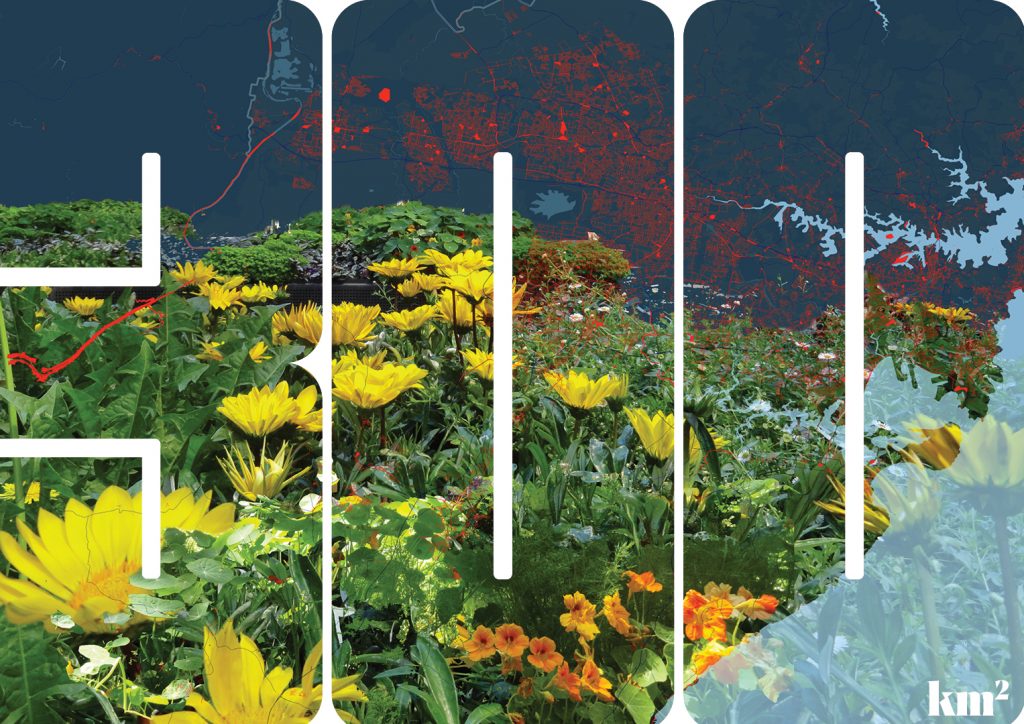Vacant Space to Verdant Place
Sara McGufficke, Michael Spackman & Andrew Coruzzi
Bringing a more robust, more diverse, visually harmonious and lower maintenance nature into the city.
Cities, and their inhabitants, need open green spaces— for health, liveability and heat management in the face of climate change.
Mapping of the Sydney metropolitan area reveals over 300 sq km of available public land with less than 20 per cent vegetation cover (shown in red). Much of this land is ignored as being low-value, temporary and/or useless—forgotten spaces around freeways, under-utilised streetscapes, vacant land and delayed building projects. We believe that with a more flexible approach to design and planting, each one of these spaces has the potential to become a vital point of connection to a more natural landscape.
Conventional approaches to park design often take an uncritical focus on planting. This commonly results in an unhelpful argument over ‘native’ versus exotics and whether a plant is indigenous to a specific site or not. These arguments frequently stem from a misplaced sense of cultural identity or an idealistic view of ecological appropriateness and purity.
If we rethink the criteria for species selection, focussing on functionality and aesthetics, we can create a diverse, robust, thriving, hybrid eco-system of indigenous and migrant plants. The overlooked public spaces will become a cost-effective, managed resource that revitalises and re-wilds our city.
Imagine a network of thriving, low-maintenance green spaces filled with species that have proven their ability not only to flourish in but to enhance our urban environment. Places and plants that provide us with an experience of nature that enriches, supports, envelopes and protects us. The kind of verdant place that humanises our cities.
